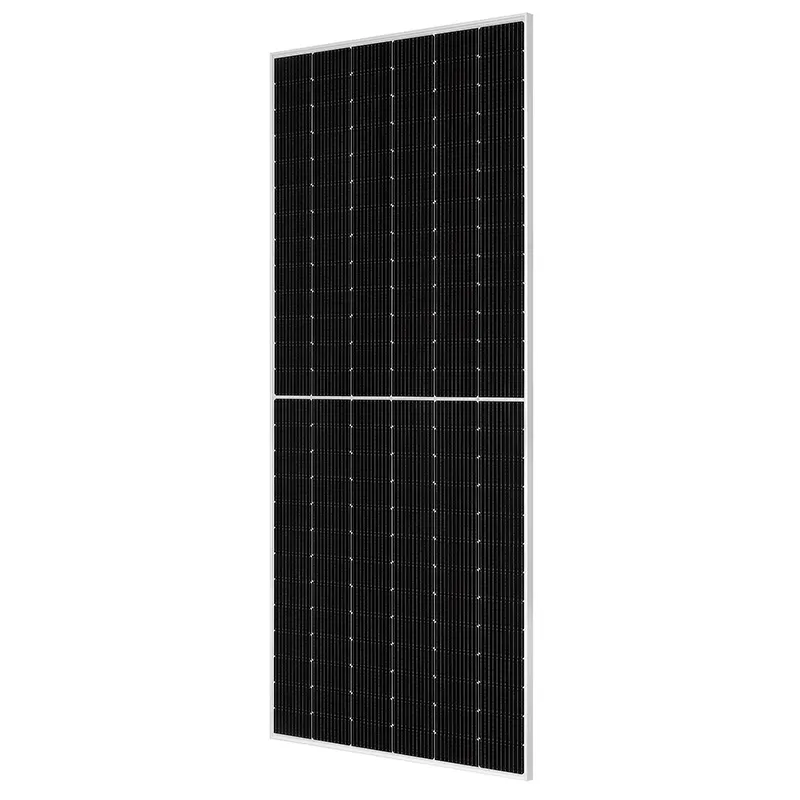500w solar panel price
Understanding the Price of 500W Solar Panels An In-Depth Analysis
In recent years, the demand for renewable energy sources, particularly solar energy, has surged dramatically. This transition is largely driven by the need for sustainable energy solutions in the face of climate change and the depletion of fossil fuels. Among the various solar technologies available, 500W solar panels have gained attention for their efficiency and power output. But what about their pricing? This article aims to provide a comprehensive overview of the price of 500W solar panels and the factors influencing these costs.
The Basics of 500W Solar Panels
A 500W solar panel is designed to convert sunlight into electricity, producing up to 500 watts of power under optimal conditions. These panels are ideal for larger residential installations and small commercial applications, as they provide a greater power output compared to lower wattage panels. The efficiency of these panels typically ranges from 18% to 22%, meaning they can convert a significant portion of solar energy into usable electricity.
Current Price Trends
As of late 2023, the price of 500W solar panels generally ranges from $200 to $400 per panel, depending on various factors such as brand, technology, and market conditions. The higher end of this price range usually reflects premium brands that offer advanced technology or longer warranties. Conversely, more affordable options may not be as technologically advanced but still deliver reliable performance for most residential needs.
Factors Influencing the Price
Several factors play a crucial role in determining the price of solar panels, including
500w solar panel price

1. Material Costs The production of solar panels involves various raw materials, including silicon, glass, and metals. Fluctuations in the prices of these materials can directly influence solar panel costs. For instance, recent increases in silicon prices due to supply chain constraints have affected the overall pricing of solar panels.
2. Manufacturing Technology Advances in solar technology can lead to variations in price. For example, monocrystalline panels tend to be more efficient and thus more expensive than polycrystalline panels. Innovations such as bifacial panels, which can capture sunlight on both sides, also contribute to price differences.
3. Labor and Shipping As with any manufactured product, labor costs and shipping expenses play a significant role in the final price of solar panels. Global supply chain disruptions, which have been exacerbated by events such as the COVID-19 pandemic, can lead to increased costs.
4. Market Demand The renewable energy market is highly influenced by regional policies, incentives, and subsidies. In locations with strong government support for solar energy, demand may rise, driving up prices. Conversely, in competitive markets, prices may drop due to increased supply.
5. Warranties and Brand Reputation Manufacturers that provide longer warranties or have established a reputation for reliability may charge higher prices. A 25-year warranty is common for many solar panels, offering consumers peace of mind regarding long-term performance.
Conclusion
Investing in 500W solar panels can be a significant decision for homeowners and businesses alike. Understanding the price dynamics and the factors influencing these costs is essential for making informed decisions. While initial costs may seem high, the long-term savings on electricity bills, combined with potential government incentives, can make solar panel installation a worthwhile investment.
As the global community continues to prioritize renewable energy, the market for solar technology, including 500W solar panels, is likely to evolve. Staying informed about trends and prices can empower consumers to take advantage of advances in solar technology, contributing to a more sustainable future. Ultimately, embracing solar energy not only helps mitigate climate change but also enables individuals and businesses to gain energy independence and potentially lower their utility bills for years to come.
-
String Solar Inverter: The High-Efficiency Solution for Smart Solar EnergyNewsJul.14,2025
-
Revolutionizing Rooftop Energy with the Power of the Micro Solar InverterNewsJul.14,2025
-
Power Independence with Smart Off Grid Solar Inverter SolutionsNewsJul.14,2025
-
On Grid Solar Inverter: Powering the Future with Smart Grid IntegrationNewsJul.14,2025
-
Monocrystalline Solar Panels: High-Efficiency Power for the Future of Clean EnergyNewsJul.14,2025
-
Bifacial Solar Panel: A Smarter Investment for Next-Generation Energy SystemsNewsJul.14,2025







